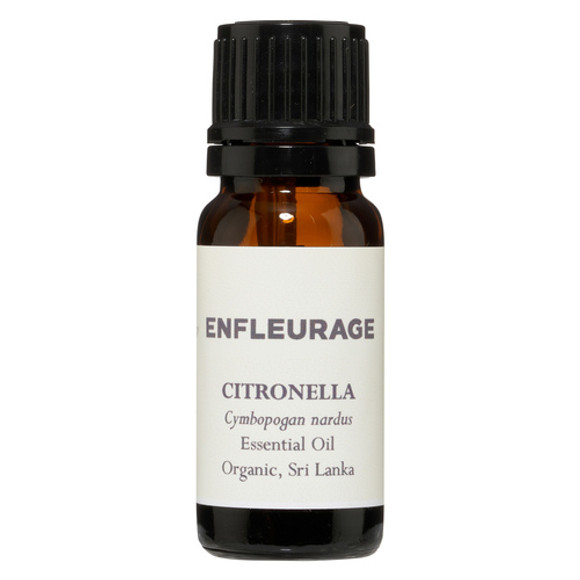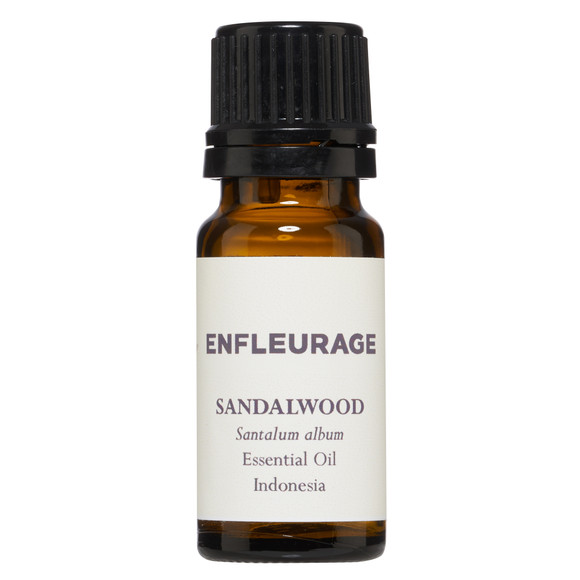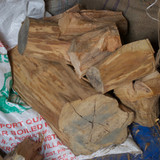Patchouli
Pogostemon cablin
Organically grown and steam distilled in Sri Lanka, from dried leaves. Patchouli needs to be supercharged, in a way, and the cell wall shocked into opening either by fermentation or scalding, before distillation.
Arctander says
I should point out that at the time of the publication of Arctander’s Perfume and Flavor Materials of Natural Origin (1960), most of the patchouli oil one came across that that lovely dark and rich distilled-in-iron-on-Nais variety and many of us hold that standard to this day. But in his explanation of the two main types of patchouli distillation, one is “native distilled” meaning the distilled-on-Nias-in-iron one and the other is “European or American distilled”, which I think means “modern.” I’m interpreting this to mean it’s a question of process. 60 years after Arctander’s book, it seems the more modern distillation techniques are now done where the patchouli is harvested. This is purely my speculation but things seldom remain static and essential oil production is no exception.
Patchouli oil is a pale orange or amber-colored, viscous liquid, possessing an extremely rich, sweet-herbaceous. Aromatic-spicy and woody-balsamic odor. It has a pronounced top-note of fruity, wine-like sweetness and less pronounced woody-earthy notes than patchouli oils we might have seen in the past. The odor should remain sweet through all stages of evaporation. Patchouli oil will remain perceptible on a perfume blotter for weeks and even months. The odor of patchouli oil is sometimes described as “minty,” or “swampy” or “barnyard”. And this is subjective—the principal reason for patchouli use is tenacity.
The color is actually not so important as most of the odoriferous constituents are colorless.
Patchouli oil improves with age.
It blends well with labdanum, vetiver, sandalwood, iones, cedarwood, oakmoss, geranium, clove, lavender, rose, bergamot, neroli, orris, cassia, myrrh, opoponox, clary sage, pines, etc.
It’s an important ingredient in Oriental bases, in woody bases, fougères, chypres, opoponax bases, powder-based perfumes, etc.
It’s also used in flavors, at least it was in the past. Combined with geranium, iones, anise, clove, etc, it produced a strong “oriental” flavor, which was popular for masking odors such as alcohol, garlic, etc as an after dinner candy. At the time of publishing (1960) it was already falling out of favor for this use in Europe and America although it was apparently still in wide use in Asia and South America.
Battaglia says
Patchouli is probably best known for its skin care properties and topical applications for regeneration, moisturizing and cooling. But it has many actions, and is very wide-ranging essential oil.
It’s widely regarded as being
Antiseptic
Anti-inflammatory
Antiphlogistic
Antiseptic
Aphrodisiac
Astringent
Cicatrisant
Cytophylactic
Deodorant
Diuretic
Febrifuge
Fungicide
Insecticide
Sedative
For more complete information on the aromatherapy benefits of patchouli, please see The Complete Guide to Aromatherapy.
“dans le heure bleue”
My skin feels alive
when you are
next to me
blood pulsing
from the core
of me
Root Chakra Red
My throat exposed
the Wolf now
lies next to me
in my warm bed
savage and smiling
he is seen, he
smells of
fresh crushed green
pine leaves
lemon
basil
bergamot
a heart blooming
with jasmine
rose
carnation
coriander
patchouli
sandalwood
and iris root, then
I’m on my knees
genuflecting
he says,
“Come here,"
He kisses me
and tastes
like
Star Anise
“sauvage
je reviens
vers vous
Rouge
dans le
heure bleue..."
LadyLabyrinth
Safety Warning
As with most essential oils, dilute before using on skin. Perform a patch test before use if essential oil sensitivity is suspected. Do not take essential oils internally. Do not use on children or pets. Seek advice from a trained aromatherapist before using on people with compromised immune systems. Keep away from eyes and mucus membranes.
Enfleurage makes no medical claims relating to any products, essential oils or otherwise, on our website or through social media. We are an essential oil company, not doctors, The FDA has not evaluated the statements on this website. We present our information in order to educate our customers on traditional and general uses of essential oils; in no way do we diagnose, cure, treat, or prevent any disease or condition.
You the customer are responsible for understanding the safe use of any and all of our products, including essential oils, and use them accordingly.
2.12.0.0
2.12.0.0
















